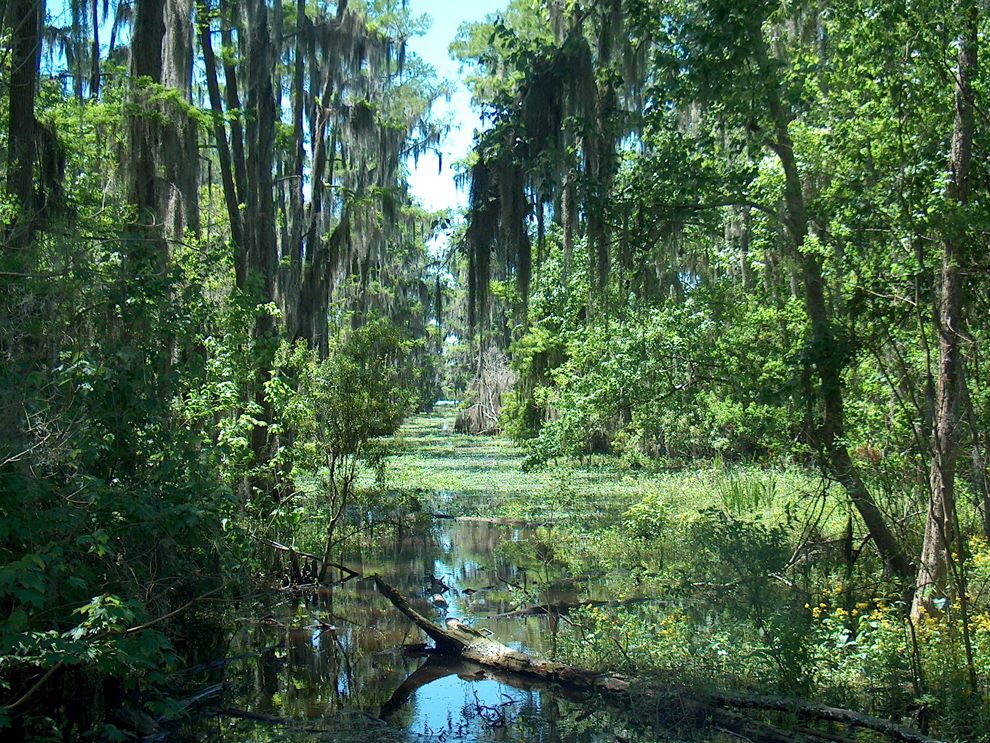Back Then

It was in 1980, The International Group For Historic Aircraft Recovery made a plan to excavate the aircraft. But they could not succeed. However, the news of it inspired curiosity in Tallichet and he decided to take up the responsibility. In the late 90s, the warbird collector gave $100,000 for a license to get the plane exported. It was then Tallichet teamed up with Alfred Hagen, his expert pal and embarked on this thrilling journey.
Delayed Long
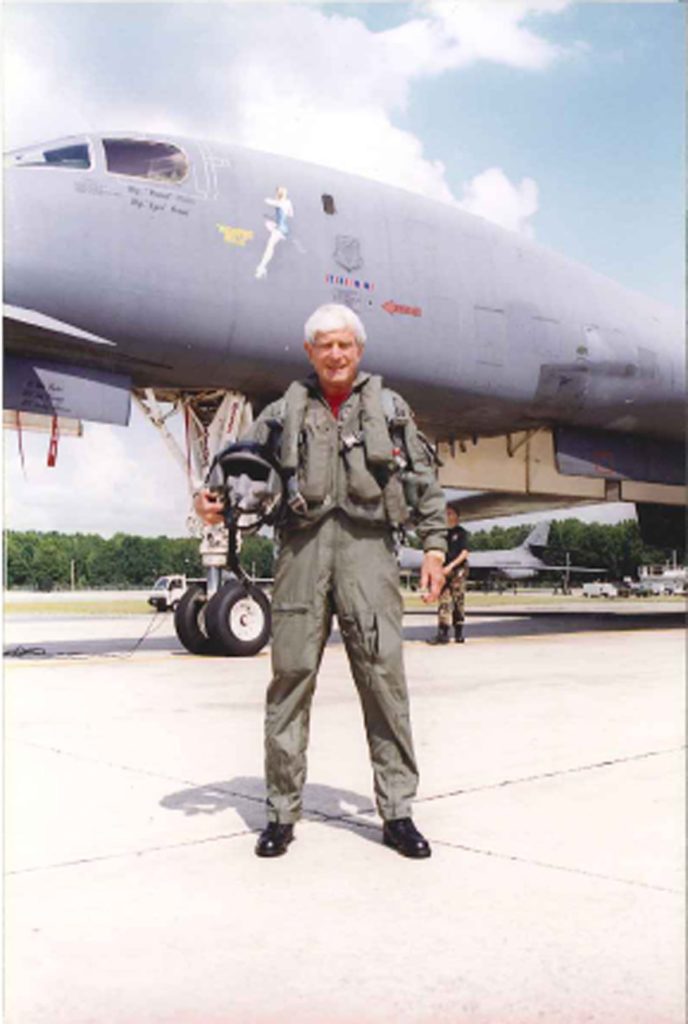
But it was not easy at all. The project kept on delaying resulting in frustration in Tallichet. He eventually handed it over to his companion, Alfred Hagen. Hagen accepted it gladly. However, the job reached its final stage a year later. Hagen wanted to bring back the plane at any cost.
Hagen Took Charge
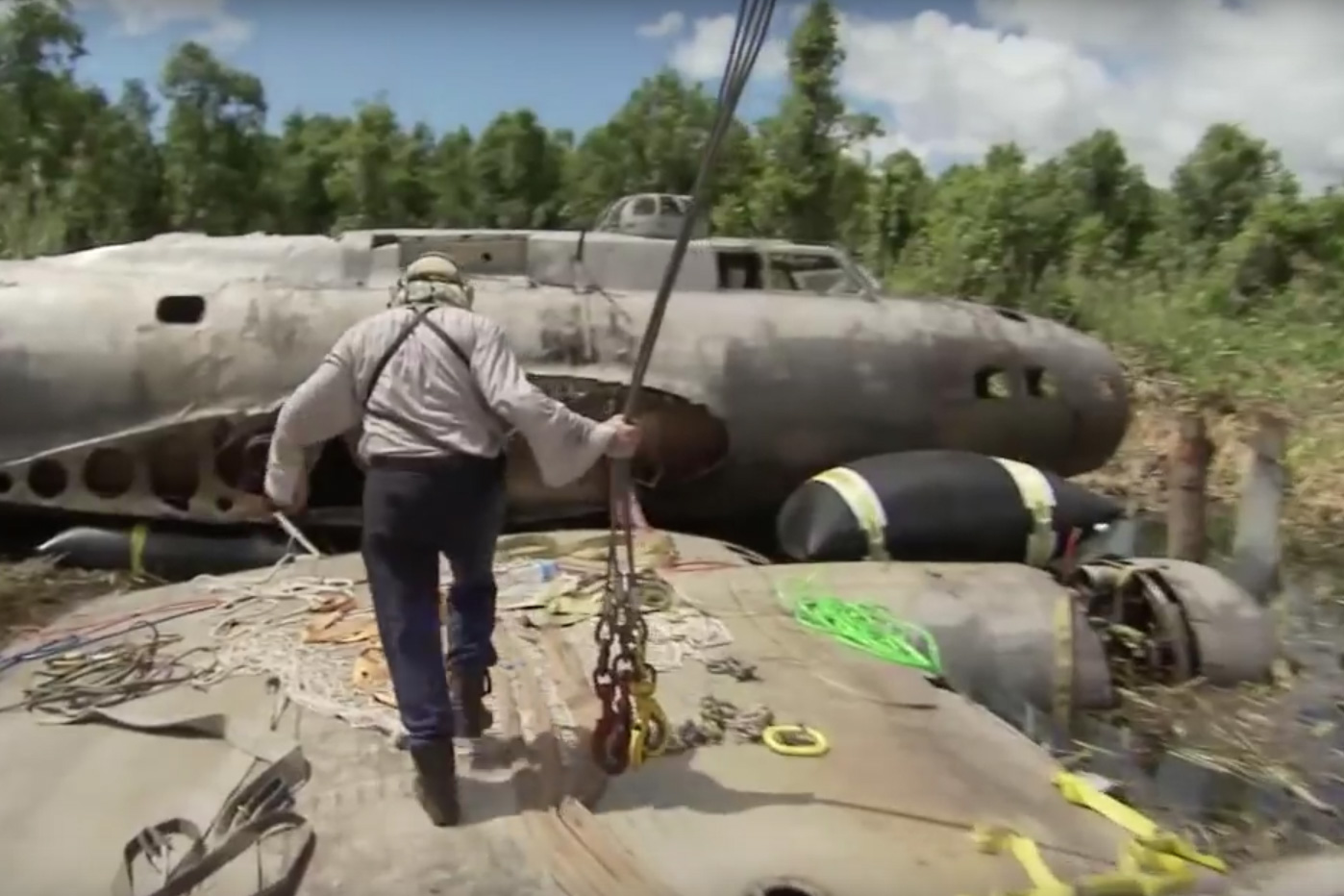
Finally, in 2006, Hagen succeeded in getting to the crash site to further the project. Even though the fortress had managed to protect itself for decades, careful handling was required by the people. They began by dissembling the wings. Then proceeded to engines and lastly to tail stabilizers. Thereafter, they called an MI-8 helicopter that was entrusted with the job of transporting the pieces to the coast and then was burdened on a barge. The dissembled parts were carried to Lae located on the north coast of New Guinea.
Raising Question
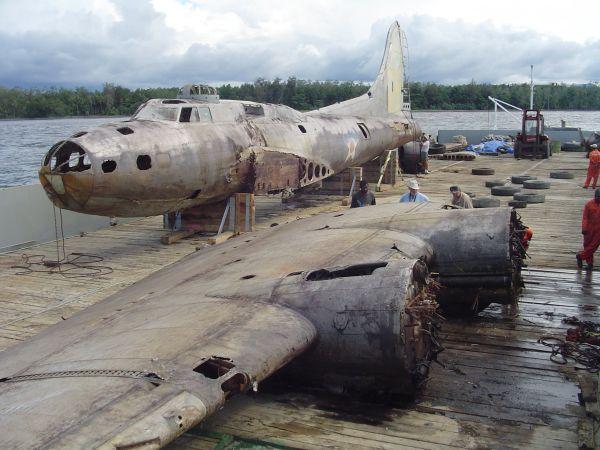
Well, the real obstacle came when Hagen brought the plane to Lae. Papua New Guineans objected to the action on learning that they were going to take the plane back to the U.S. Moreover, they even seized the aircraft. They took the wrecks of the aircraft as a national treasure.
Impossible To Salvage
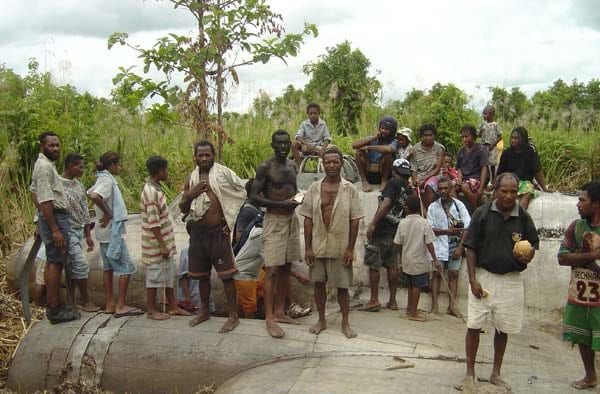
Papuans are very sensitive about their ancestral history. They are deeply connected with their lands and so they claim their right on everything they find on their soil. Son of a chief of a local village, Augustin Begasi propelled by this thought set up a group with the aim of hampering Hagen and his team from taking the plane to a barge off the coast. However, the police stopped them from going any further. He stated, “They should have given us money, because it was our accustomed land. The plane would bring tourists, but now there is nothing.”
Going Back Home
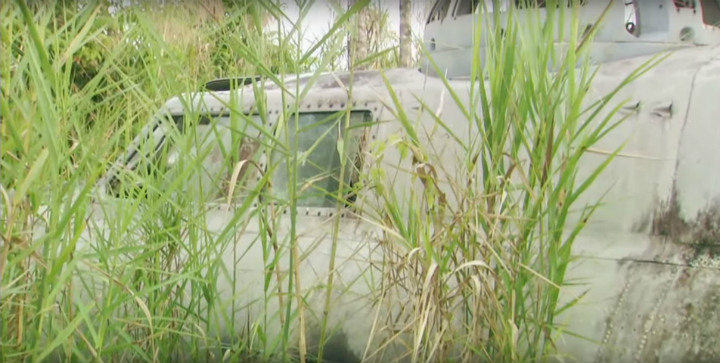
The Papua New Guinea government called transportation of plane ILLEGAL. Hagen who wanted the plane back to his country agreed upon paying the government $115,000 along with other demands. So that is how they struck a deal. However, nobody knows the details of the deal as it was never brought out in the public domain. B-17 that had been staying in Papua New Guinea since May 2006 found a way to home in January 2010.
